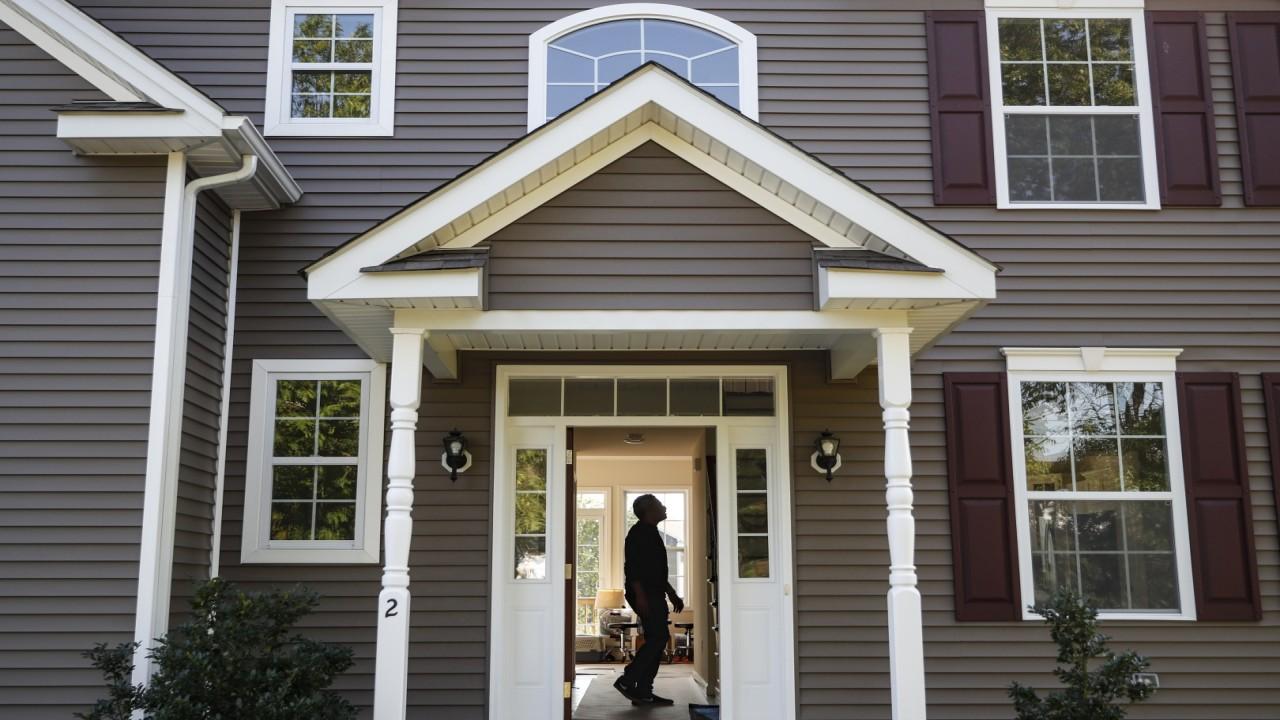Selling a house with problems: what to know
Don't panic or do things yourself
Mold may be hiding in your home where you least expect it. For mold to live and grow, there needs to be a damp and usually dark and unexposed surface.
Mold may be hiding in a closet behind clothes you rarely touch, or behind a dresser you haven't moved away from the wall in years.
PEOPLE ARE RENTING OR BUYING SECOND HOMES FOR OFFICE SPACE AMID CORONAVIRUS PANDEMIC
Mold can hide in a ceiling or wall after a water leak, or under a carpet whose floor underneath is damp from inappropriate drainage or leaks.
When you see something that might resemble mold, there's a temptation to run for the bleach bottle and vigorously scrub it with a rag.
That is the last thing in the world you want to do, for several reasons.
No. 1: If it really is mold, you don't want to mess with it, inhale it and risk the potential health issues.
People also grab the towel and the bleach for fear mold could significantly reduce their chances of selling their property or cause a big financial loss in the sale. But mold is not something to mess around with.
NYC HOUSING MARKET RECOVERY MAY HINGE ON SCHOOLS REOPENING
If you have mold, it needs to be dealt with appropriately, even if it is not a serious species. It also should be disclosed in your sale. Even if you choose to remain uninformed, you are obligated to report anything that visually stands out or is otherwise known, and draw attention to it for a buyer to do his or her own investigation.
Another issue people sometimes deal with inappropriately is asbestos.
Back in the '50s and '60s, it was very popular to spray your ceiling with a compound we often refer to as "cottage cheese" or "popcorn ceiling," which often contained asbestos.
In fact, it is not true plaster but a material that was blown onto the ceiling to disguise typical cracks that may occur in plaster.
MORE AMERICANS SIGNED CONTRACTS TO BUY HOMES IN JUNE
It was very popular in those days and later became increasingly unpopular due to the dated look and resemblance to low-income tract housing that has no character or charm.
Some popcorn ceilings were enhanced with shiny specs of glitter to make them even more distinctive and decorative.
Now, of course, we are horrified to see these ceilings and can't wait to scrape them smooth again. I urge you not to pull out the razor blades, though, because you may release dangerous particles and fibers into the environment. There is an appropriate way to remove cottage cheese ceilings that contain asbestos.
GET FOX BUSINESS ON THE GO BY CLICKING HERE
Asbestos was banned in the 1970s and rarely used after 1980, so if you know your ceilings were blown onto the surface after 1980, the material likely doesn't contain asbestos.
If you think you have mold or asbestos, before doing anything, find a specialist who can analyze the specimen. Read reviews, and make sure they are legitimate vendors.
If it is determined that you have mold or asbestos, hire an appropriate remediation company to deal with it. Even if it is costly, to have peace of mind and prove to a subsequent buyer you have no liability, you need to get a certification that shows it was dealt with completely and per housing codes.
The bottom line is this: Don't panic or do things yourself. Seek qualified inspectors, and always consider your options.
Ron Wynn has been among the top 100 agents in America for over 10 years, as noted on REAL Trends/Wall Street Journal. Ron has represented over 2,200 sales totaling over $1.5 billion in sales volume in his 30-plus-year career as a real estate broker in California.


